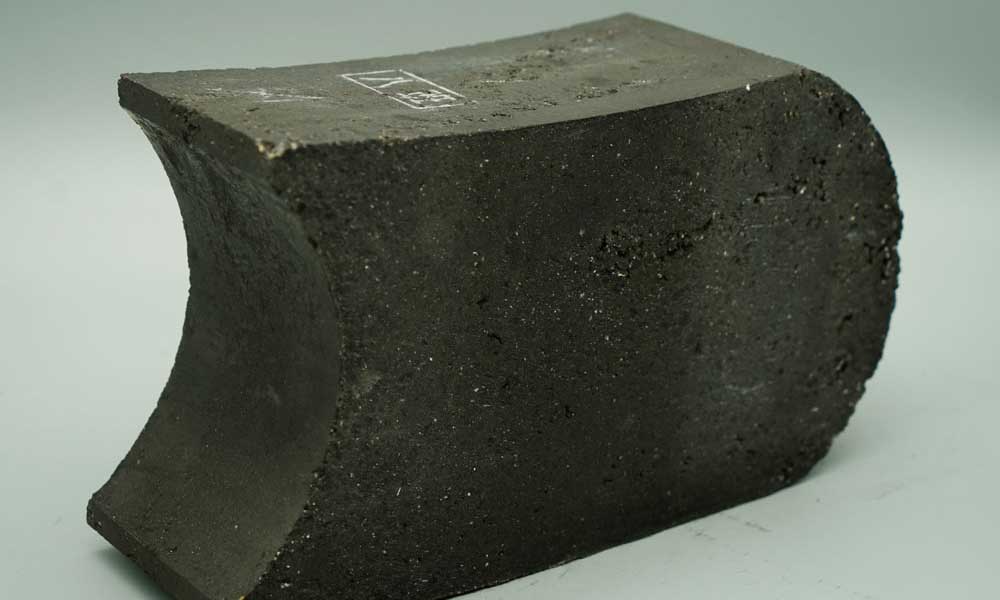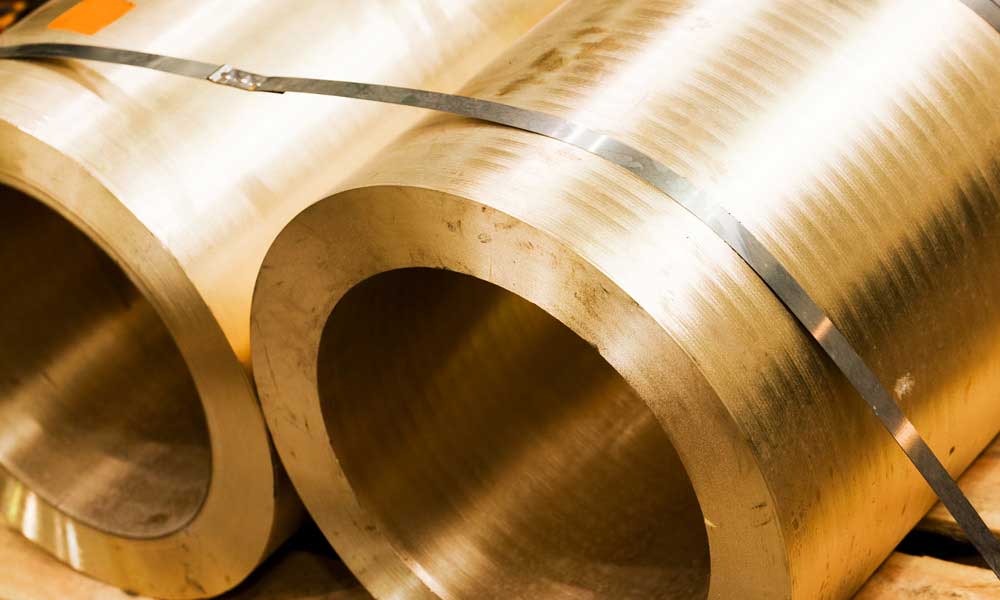Carbon-containing refractories have high thermal conductivity and very low thermal expansion coefficient, excellent thermal shock resistance, high load softening temperature, good corrosion resistance to acids, alkalis and salts, and are high-quality refractory materials.
Carbon-containing refractory materials have high resistance to slag corrosion, so they are often used in iron nozzles, converters, electric furnaces, linings of ladles, etc. For example, magnesia carbon bricks, aluminum carbon bricks, magnesia alumina carbon bricks, alumina silicon carbide carbon bricks, etc.

Due to the porous structure of carbon-containing refractory materials, the carbon in them is easily oxidized at high temperatures, which will lead to structural defects of carbon-containing refractory materials, reduced mechanical strength, reduced corrosion resistance and shortened service life, and will also emit additional greenhouse gases. Considering the needs of production and low-carbon environmental protection, we need to improve the oxidation resistance of carbon-containing refractory materials.
In order to improve the oxidation resistance of carbon-containing refractory materials, we have summarized three treatment methods through extensive research work: adding antioxidant ingredients, surface antioxidant coating, and impregnation of oxidation inhibitors.

The antioxidant addition method is to add appropriate metal powder (A1, Mg, Si, etc.), carbide (SiC, B4C), boride (ZrB2, CaB2, MgB2), etc. to carbon-containing refractory materials. These additives have two main functions: ① The additives or the reaction products of the additives and carbon are more easily oxidized than carbon, thus protecting the carbon. ② The substances generated by the additives after reacting at high temperatures can change the microstructure of the refractory materials, such as blocking pores, increasing density or adhering to the surface of carbon, thereby improving the oxidation resistance of carbon.

In addition, we can also spray a coating on the surface of carbon-containing refractory materials. This coating has a thermal expansion coefficient similar to that of the carbon matrix and has good chemical compatibility. It can form a dense coating under high temperature conditions, reduce the permeability of oxidizing gases, and thus improve oxidation resistance.
Finally, we can impregnate carbon-containing refractory materials with oxidation inhibitors to form a glassy coating on the surface of the refractory materials, or form stable reactants with oxidizing gases to prevent the oxidizing gases from further diffusing inward. This method is generally used in working environments below 1000°C.







